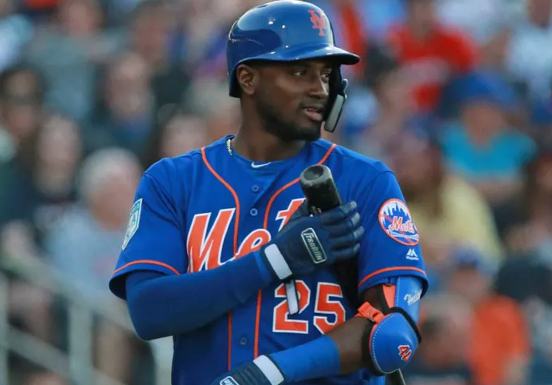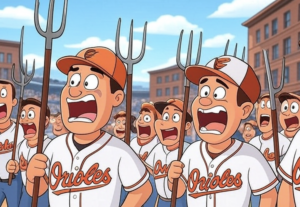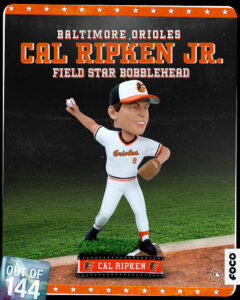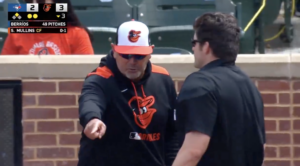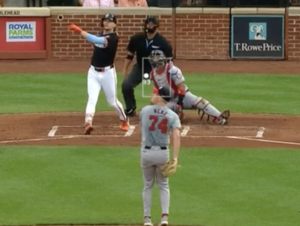Griesser’s Suggested Change of the Week
As I outlined recently, the 2019 Baltimore Orioles are not going to have a particularly active trade deadline. While the team is in no position to buy and likely would prefer to sell than stand pat, Mike Elias doesn’t have too many chips on hand. However, despite that unfortunate reality, it’s possible that the O’s could make moves to advance the rebuild.
I’ll explain how in this week’s Suggested Change of the Week.
If the Orioles want to move forward in acquiring prospects, there’s a cheekier route to doing so than simply shipping off important players like Trey Mancini. Instead, Elias can flip low-level prospects for players who could be traded in the offseason this winter, or at the deadline next July.
(Ed Note: A previous version of this article mentioned trading him in August. We forgot about the elimination of the second trade deadline this season. We apologize for the error.)
Coming out of the All Star break, I recommend that he do just that by trading for Mets infielder Adeiny Hechavarria.
Of course, making a deal to acquire the utility man would likely mean a quick departure for Jonathan Villar, but I fully expect Elias to ship Villar off for more players in the system before the deadline.
Hechavarria isn’t necessarily young, at 30 years of age, but he’s a strong defender with range and speed on the basepaths. With Villar out of the picture for the second half of the season, Hechavarria would solidify the middle of the infield nicely next to either Martin or Alberto.
With that in mind, Hechavarria would really provide his value much further down the road.
If you’ve followed the deadline at all over the last few years, you’d know that Hechavarria has been consistently dealt by the end of July. Given his speed and importance as a defensive replacement, he makes sense for contending teams.
That means that once the Orioles scoop him up, they have a decent chance of flipping him for prospects at a later time. To be clear, if Hechavarria weren’t traded by July 31, Elias would have to extend his contract, but with a very clear opening as a starter in Baltimore, I don’t think that’d be much of an issue. Either way, he won’t be much of a commitment, as he’s only costing the Mets $3 million this year.
Comparing Villar’s value as a .259 hitter with 10 home runs to Hechavarria’s as a .230 hitter with five dingers, it’s fair to say that the Mets infielder wouldn’t bring much in return.
At the same time, however, it’s also worth noting how little he may cost the Orioles. Let’s dig into that now.
Last year, the Yankees acquired Hechavarria from the Pittsburgh Pirates for a player to be named later or cash. Before he was in New York, the Rays traded Hechavarria to the Pirates for Matt Seelinger, a 24-year old Single-A arm who’s currently pitching to a 4.42 ERA out of the pen. Finally, in his trade to Tampa Bay at the 2017 deadline, Hechavarria was dealt from Miami in exchange for AA outfielder Braxton Lee and Ethan Clark, who now pitches in the pioneer league.
Now, I realize there are two sides of this coin. While the Orioles certainly could get Hechavarria on the cheap (likely for a low-level arm, for example), they would be unlikely to get much in return. Even still, as mentioned above, Hechavarria would help soften the blow of a Villar trade, and his defense may instill confidence in any young arms that come up while he’d be in Baltimore.
By no means would this be a particularly exciting move for Birdland, but it’s the type of low-risk, medium-reward deal that Elias could swing over the next few weeks.
And who knows, maybe Baltimore will be a nice fit for Hechavarria. In that case, we could see him play his way back into trade consideration for contending teams, resulting in a decent prospect making his way to the system in the future.

